- City:
- Bethesda, MD
- Site Type:
- Education and Health, Federal Facilities, Hospitals and Clinics, Laboratories
- New Deal Agencies:
- Public Works Administration (PWA), Public Works Funding, Work Relief Programs, Works Progress Administration (WPA)
- Started:
- 1936
- Completed:
- 1941
- Designer:
- Louis A Simon - Supervising Architect
- Contractors:
- Charles H. Thompkins, George A. Fuller Company
- Quality of Information:
- Very Good
- Marked:
- Yes
- Site Survival:
- Extant
Description
The modern campus of the National Institutes of Health (NIH) was established at Bethesda MD during the New Deal. It included the first laboratory of the newly-created National Cancer Institute, as well (the NCI came under the NIH in 1944). The NIH is the leading medical science agency of the United States, performing its own research and funding research at universities and hospitals around the country.
The NIH was launched in 1930 as a reorganization and enhancement of government-funded medical research efforts that date back to 1887. NIH’s original location (1930-1938) was at 25th and E streets NW, Washington DC.
In 1935, Luke and Helen Woodward Wilson (of the Wilson Brothers and Woodward and Lothrop family businesses) donated 45 acres of their estate in Bethesda, Maryland to the federal government, for the purpose of “benefiting mankind” (Lyons, 2006). The land became the new home of the NIH.
A group of new laboratory and office buildings, known as Buildings 1-6, were constructed in 1936-1941, along with Officers’ Quarters and attendant infrastructure (e.g., roads, sewage, and landscaping). All of the building plans, designs, and work were supervised by Louis Simon, Supervising Architect of the U.S. Treasury, and all the new buildings were brick Georgian Revival style. The first employees moved to the campus in 1938, even as construction continued.
Buildings 1, 2, and 3 were built at a cost of $1,363,000, with funds provided in the Emergency Construction of Public Buildings Act of June 22, 1936. The building contractor was the George A. Fuller Company. When completed in 1938, Building 1 housed administration, a library, the cafeteria, and other facilities; Building 2 was the Industrial Hygiene Laboratory; and Building 3 was the Public Health Methods Building.
Buildings 4 and 5, as well as the Officers’ Quarters, were constructed by the Charles H. Tompkins Company for $1,386,100. Funds came from a Public Works Administration (PWA) allotment in 1938, and all structures appear to have been completed by 1940. Building 4 housed the Divisions of Chemistry, Pharmacology, and Zoology, while Building 5 contained the Divisions of Biologics Control and Infectious Diseases. The Officers’ Quarters consisted of 8 building (6 duplexes, 2 single homes).
Building 6, the National Cancer Institute, was funded by a congressional appropriation of $750,000, provided in the National Cancer Institute Act, signed into law by President Roosevelt on August 5, 1937. The George A. Fuller Company (the contractor on Buildings 1-3) won the construction contract with a low bid of $597,000. Construction was completed in 1939.
At the dedication of the National Institutes of Health, October 31, 1940, President Roosevelt said:
“The National Institute of Health speaks the universal language of humanitarianism. It has been devoted throughout its long and distinguished history to furthering the health of all mankind, in which service it has recognized no limitations imposed by international boundaries; and has recognized no distinctions of race, creed or color… We cannot be a strong nation unless we are a healthy nation… In dedicating this Institute, I dedicate it to the underlying philosophy of public health; to the conservation of life; to the wise use of the vital resources of the nation.”
A cornerstone on Building 1 includes the names of Franklin D. Roosevelt, Henry Morgenthau, Jr., and Louis A. Simon.
There is also evidence that the Works Progress Administration (WPA) may have performed landscaping and planting work at the National Institutes of Health. However, the details of such work are unknown to the Living New Deal.
Since its New Deal origin, the National Institutes of Health has grown to dozens of buildings on hundreds of acres. Yet, it appears that all of the New Deal structures are still present at the site.
Source notes
Michelle Lyons, The National Institute of Health Moves to Bethesda, National Institutes of Health, Office of NIH History, 2006 (accessed March 26, 2020).
“NIH Historic Core,” Maryland Historical Trust, Maryland Inventory of Historic Properties, Eligibility Review Form, 2000 (accessed March 26, 2000).
“Officers’ Quarters, NIH,” Maryland Historical Trust, Maryland Inventory of Historic Properties, Eligibility Review Form, 2000 (accessed March 26, 2000).
“National Institutes of Health,” Historic American Buildings Survey (HABS No. MD-1102), National Park Service (accessed March 27, 2020).
“National Institutes of Health, National Cancer Institute,” Historic American Buildings Survey (HABS No. MD-1102-B), National Park Service (accessed March 27, 2020).
“Low Bidder For [Cancer] Institute,” The Baltimore Sun, September 28, 1938, p. 16.
“Cancer Institute Plans Underway,” Evening Star, June 8, 1938, p. B-1 (accessed March 27, 2020).
“School heads hope for more PWA help here,” Washington Post, July 30, 1938, p. X2.
“National Cancer Institute Act,” Public No. 244, 50 Stat. 559-562, August 5, 1937 (Library of Congress, accessed March 26, 2020).
“Address at the Dedication of the National Institute of Health, Bethesda, Maryland. October 31, 1940.” The American Presidency Project, University of California Santa Barbara (accessed March 26, 2020).
National Archives, Record Group 69, “Microfilmed Index to WPA Projects.”
Site originally submitted by Brent McKee on June 16, 2013.
Additional contributions by Richard A Walker.
Contribute to this Site
We welcome contributions of additional information on any New Deal site.
Submit More Information or Photographs for this New Deal Site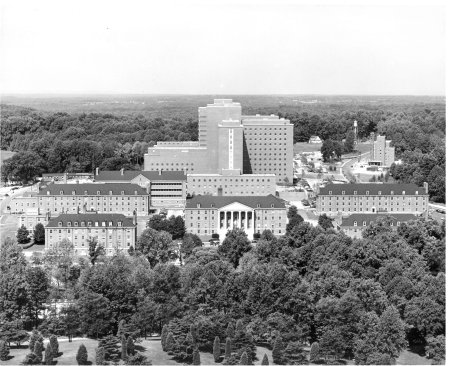




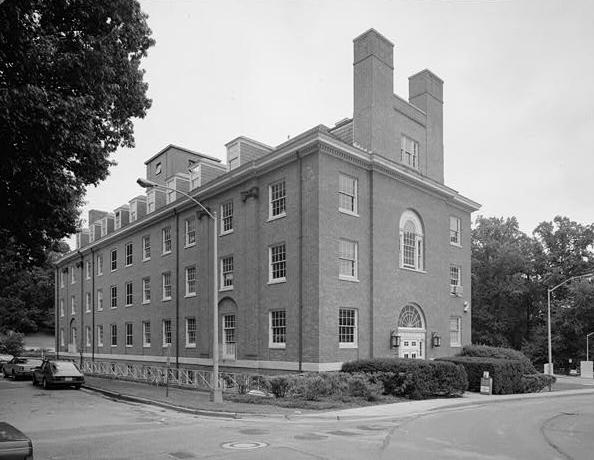
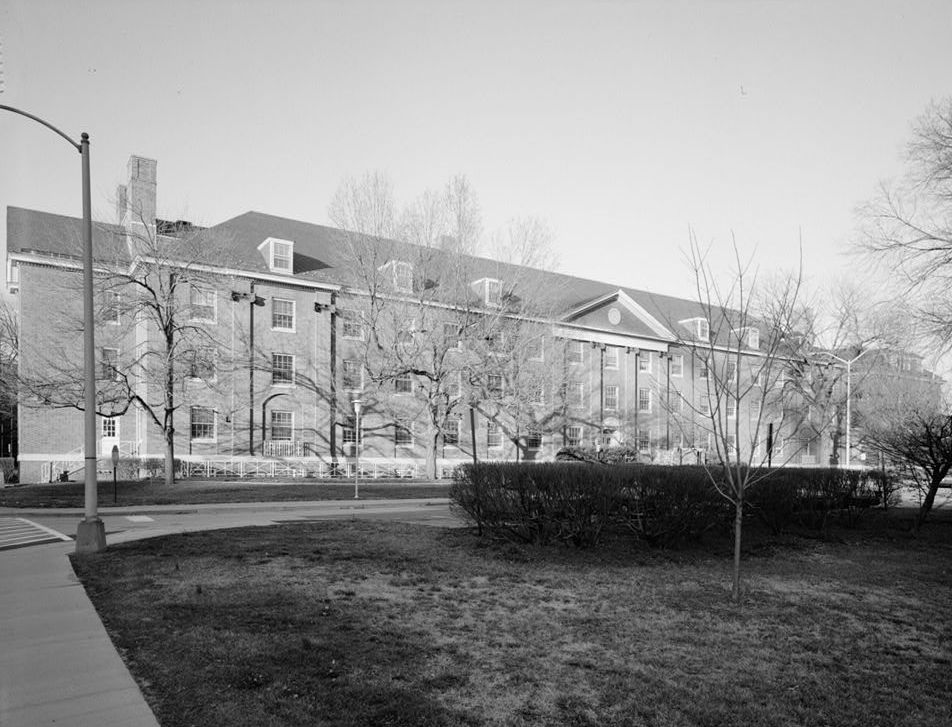
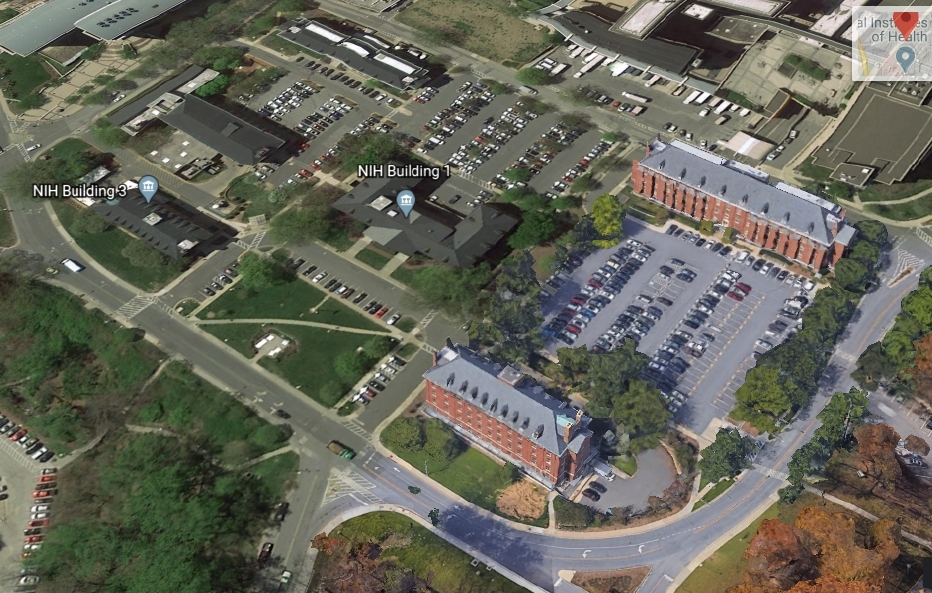
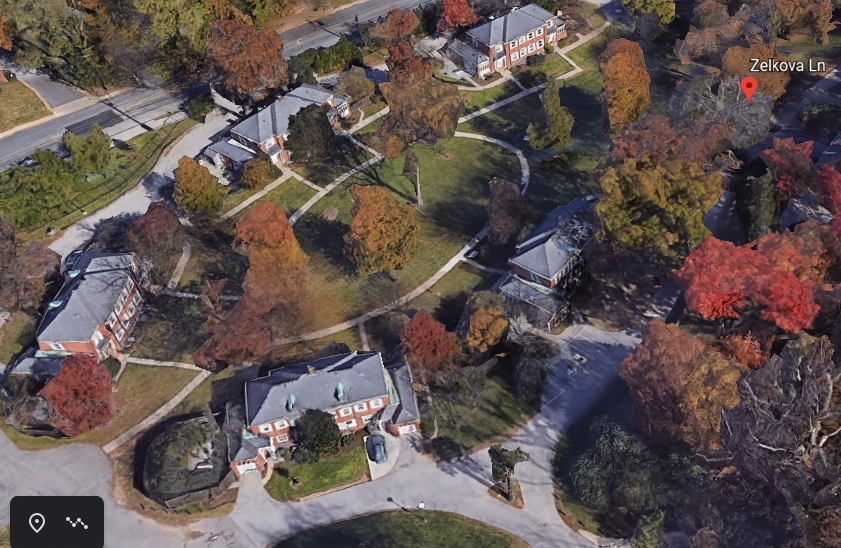




Join the Conversation